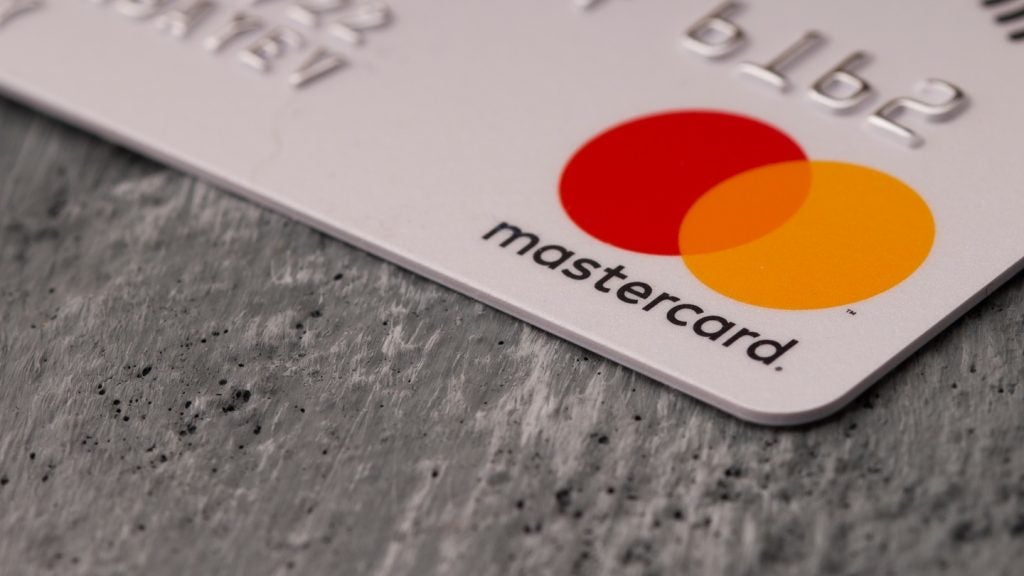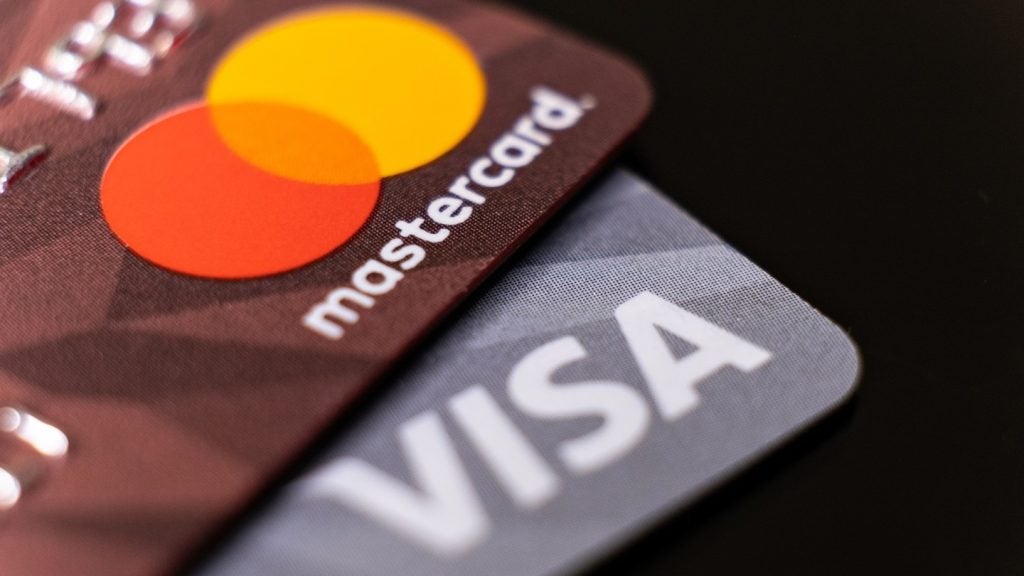Estonians are prolific users of payment cards. The frequency of overall card payments in Estonia (211.3) is much higher than other mature markets such as the UK (140.8), the US (109.8), and Germany (54.1) in 2019. High consumer awareness about the benefits of cards, improved payment infrastructure, and better security associated with card payments have supported the growth of card-based transactions in the country.
Debit cards are the most popular card and are primarily used for card payments, with frequency of use of 211.3 in 2019. This is much higher than for ATM cash withdrawals (21.9). Given the strong hold of debit cards, credit and charge cards have been slow to take off. However, the credit and charge card market is expected to record a compound annual growth rate (CAGR) of 5.5% in terms of transaction volume over the four year period 2019-2023.

Access deeper industry intelligence
Experience unmatched clarity with a single platform that combines unique data, AI, and human expertise.
Rising disposable household income, higher employment rates, and value-added benefits offered by banks will continue to support this growth. The emergence of digital-only banks, alternative payment methods, contactless technology, and growth in the e-commerce market are also anticipated to support payment card market growth.
Banked population of 98+%
Debit cards are the most popular card type in Estonia. Consumers’ preference for debt-free payments, and prudent spending have resulted in the dominance of debit cards in terms of both transaction volume and value.
However, a strong banked population – standing at 98.1% in 2019 – has resulted in stagnation of debit cards in terms of circulation. Debit cards are frequently used for low-value, day-to-day transactions. In addition, banks are offering various products such as basic low-cost accounts, account switching facilities, bundled products, online account opening, and enhanced security in a bid to further increase debit card adoption.
Credit and charge cards are yet to gain traction
Credit and charge cards account for a small proportion of the overall payment card market. The availability of overdrafts has reduced the need for a separate credit card. In addition, a stricter eligibility criterion for credit card issuance is also a challenge for the market. To prevent customers falling into debt, banks have set minimum income requirements for lines of credit. But banks also offer benefits such as installment facilities, discounts, reward points, and cashback. These value-added services have resulted in steady growth in the credit card space in the four years to 2019.

US Tariffs are shifting - will you react or anticipate?
Don’t let policy changes catch you off guard. Stay proactive with real-time data and expert analysis.
By GlobalDataThe e-commerce market will grow rapidly
The e-commerce market has registered significant growth, rising from €226.6m ($259.6m) in 2015 to $576.6m in 2019 at a CAGR of 22.1%. Growth has been supported by rising internet penetration, emerging online retailers, benefits such as discounts offered by e-retailers, and the rising consumer preference for online shopping. To capitalise on e-commerce growth, retailers are introducing online stores in the country.
In April 2016, H&M launched its online store in Estonia, while Swedish furniture retailer IKEA followed suit in August 2019. Meanwhile, online retailers offer lucrative discounts on special occasions such as Black Friday and Cyber Monday in order to drive e-commerce business. Banks offer cards exclusively for online purchases, such as SEB’s Visa Virtual Card. The availability of alternative solutions such as PayPal and Paytailor for online transactions will further aid e-commerce growth in the country.
Improved payment infrastructure is driving electronic payments
The number of POS terminals recorded grew from 31,684 in 2015 to 40,977 in 2019 at a CAGR of 6.6%. To increase electronic card acceptance, banks offer POS and mobile POS solutions. Banks including Swedbank and SEB offer a range of card payment acceptance solutions, including conventional and mobile POS terminals as well as cash register systems.
Banks also offer benefits such as discounts to encourage POS installation. For instance, Swedbank is offering a 50% discount on its six-month rental POS terminal.
With the rising preference for contactless payments, merchants are also installing contactless terminals in their stores. According to Eesti Pank, around 81% of terminals accept contactless payments as of June 2019.









